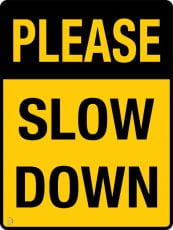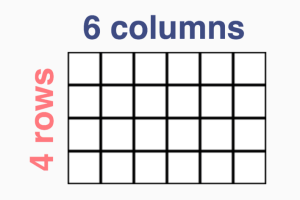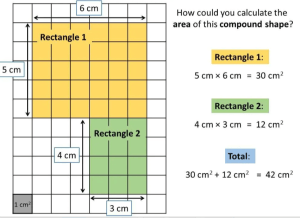speed ≠ better

If you’re a parent reading this blog as a child of the 90’s, 80’s or…. (I’ll let you fill that in) you may have memories of math class past which could have included the game “Around the World.” For those of you born later, or in need of a recap, this game was basic in nature, and although exciting and captivating for some, was and could continue to be furious and unengaging for others.
Let’s review.
Imagine going through the class with multiplication flash cards. Desk by desk. The first student to say the correct answer “wins” and then goes to the next desk. Those next two students battle to beat the clock to say the correct answer, the “winner” goes to the next desk, and so on, and so one, until all students have battled around the classroom.
Now for those of you with memories of this; I bet you can instantly think of, or remember the feeling or ongoing undisputed champ of this game. This is because it usually was/is the same student or possible small group of same students. Some students may see this as a challenge to better their speed in their skills, however the unglorified truth is that this game and “need for speed” actually inhibits others from learning. So only the “fastest” can win.
So those students who may be more diligent thinkers, divergent thinkers, or those who look and understand the “why” something works, never have a chance. If one student is known as the “fastest”, unless I have a personal incentive to put effort to know my facts “faster”, this game is just no interest to me, and I’m find with this student being the fastest…and let alone could be embarrassed when it becomes my turn to battle.
So why would students engage? Why would they even participate? Why would they even bother?
What this teaches students is that “fast math” is better…however, truth is…it’s not!
Knowing math facts confidently is one thing, knowing how and why they work, is better.
This post is all about the importance of deemphasizing the speed in mathematics classrooms.
A few weeks back, I posted information and thoughts around multiplication and the ongoing challenge to find balance between memorization and fluency understanding. As we move through the grade four math curriculum, there are multiple examples that support fluency over facts. However, as mentioned before in my previous post, knowing your multiplication and addition/subtraction facts, or at least most of them, can be helpful and support effective math practices in other strands and areas.
Our current strand combines both measurement and geometry, and with a focus on perimeter, area, and metric conversions. This unit has not only amplified the benefits of being confident with multiplication facts (A = l x w), but also how understanding how multiplication works, ie. multiplication = area.
In the below example, you can see that the multiplication array is 4 x6. You can also see that the Area of this rectangle can be calculated by finding how many square units can fit inside, through the multiplication of the row measurement (length) by the column measurements (width) thus creating a formula A = l x w.

So continuing in terms of area…it’s like going from the above visual to this one below:

So with that glimpse of how fluency is and still can be meaningful within math class, there are examples everyday where we see a shift between students and young adults not being able to “figure out” certain problems, and why finding a balance between placing importance on both facts and fluency is important.
Let’s take a trip to the grocery story. In a highly automated world, no math calculations are required…yet..what happens when there’s a break in the system, computer glitches, or something breaks. Everything breaks down. I have one story where I went shopping for some simple groceries and I had to help the cashier make the change for me, as the computer program wasn’t working that automatically distributed change. What an eye opening experience.
Or how about when we’re out eating at a restaurant. How often have you checked the tip percentage calculations on the machine and have realized that they are actually incorrect.
It’s incredibly important, not just here at the OJCS, where we pride ourselves in working toward more personalized learning, but also in a world where teaching to the whole child and developing positive Social Emotional Learning (SEL) (link to my 3 part series on this here) for mathematics is integral that we begin to de-emphasize the speed in which how math is calculated and focus more on the ideas and methods to why.
Process OVER Product!
This not only provides space and opportunity for an equal learning environment, but also allows all students possibilities to be “math champs” in the classroom.
Right now, in grade four, as we roll out of geometry (ha!) and break into fractions, this again will be evident as we compare and contrast fraction equalities and inequalities, as well as ongoing further problem solving and investigative measures through problem based learning and with a more in depth focus on why, rather than just what.
Mathletes come in all speeds, and by flipping the math paradigm of “math games”; it actually can be the more slower thinkers that win the race!